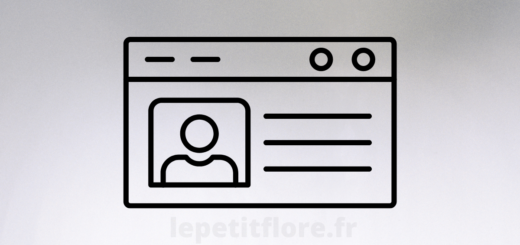Is Your Target Consumer Group Too Large?

It is essential that as many people as possible know about your business. It is costly and time-consuming to try to reach large numbers of customers. While it might seem restrictive to target a small number of people, this will allow you to save resources and format your communications and engagements with a focused, interested group of people. These five steps will help you increase your chances of reaching your target audience, whether you’re an established business looking to start something new or an experienced business owner.
STEP 1: Inside Evaluation
What is the purpose of your product/service? What makes your product/service different from other products? Which types of people would most likely use your product? What kind of people might be interested? You can match your product to the right audience by evaluating your customers and products. Every day, people are subject to a flood of advertisements. They are open to information that may benefit them, make their lives easier or help them achieve their personal goals.
STEP 2 – Get to know your Audience
To learn more about the people you identified and their needs, there are two types you can do.
1. Primary research
2. Secondary research
Some companies conduct their own research if there are no relevant resources about your target audience. Companies can create and broadcast questionnaires and surveys and then collect and analyze the data to gain specific information about their target audience. This allows them to personalize and format their approach to them. This method is efficient, but it can also be costly and time-consuming. Secondary research involves the analysis of information that other entities/companies have gathered. You can let other companies do the work, and you can analyze their results. Each method has its advantages and disadvantages. Both ways have their advantages and disadvantages.
STEP 3 – Create a customer profile
After identifying a target audience for your product, your company will create a customer profile. Your company profile should include two types of information: Demographic information and information about your customers’ interests and lifestyles.
* Demographic Information: This should include information about your customer’s age, gender, income level, background, and where they live.
* Individual Lifestyle Information: This data describes details that are personal and individual, such as daily habits, hobbies or attitudes, behaviour, interests, and so forth.
These types of information will allow you to develop precise details about your customers and ultimately design methods that are most appealing to their interests. This information can be used to accurately predict what products, prices, and information might appeal to each person. Your demographic information will help you determine which groups to send your product information to.
STEP 4 – Determine the preferences of your target group
Which communication methods do your target audience prefer? Do they like emailing, gaming, social media, or sharing medical information via Twitter and Facebook? What is it that attracts them? Understanding your target group’s preferences will help you decide the best communication method to reach them. Effectively communicating messages to these customers will be possible if you use the information you have gathered about them through their customer profile.
STEP 5: Continuous Tracking
Once you have established your customer’s online preferences, it is essential to keep track of trends that are likely to attract them. If your customers are into fashion, it is imperative that you keep your contacts up-to-date on current and future directions. You should stay up-to-date with the trends and prices of raw materials if your customers are interested. People will read your publications if your communication methods are up-to-date. Information that is outdated and not current will be ignored.
It is something that every business owner understands. It can be tough to compete with customers. To keep customers’ interest and loyalty, your most determined competitors, will closely monitor their customers. Think. Think about what types of information you are attracted to from the outside. What information should you ignore? Information that may help you and your customers is essential. Are your communications appealing to your target audience?



